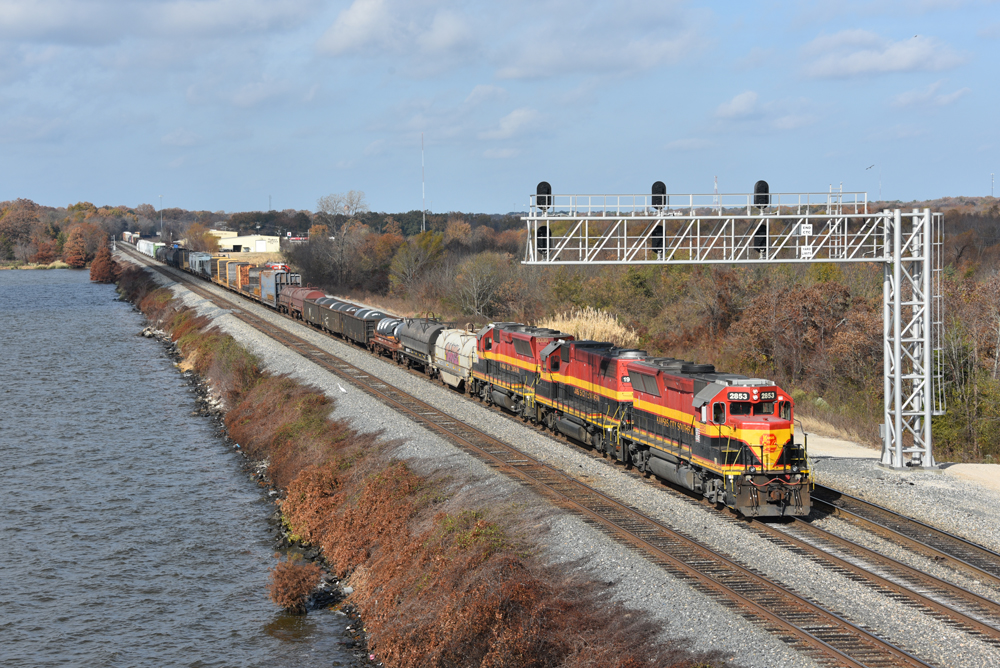
CHICAGO — The Canadian Pacific-Kansas City Southern merger has gone smoothly over the past two years — until a long-planned computer system cutover last month in former Kansas City Southern territory in the U.S.
CPKC Chief Operating Officer Mark Redd says the cutover — during which CP’s operations system replaced the old KCS system and processes — led to localized service problems in Louisiana, eastern Texas, and parts of Mississippi. “We’ve struggled just a bit with some of the operating features,” he told an investor conference this morning.
The biggest impact has been to local customer switching service, Redd says. “We deeply regret some of the issues that we’ve had,” he says, noting that the railroad has been working closely with shippers.
Immediately after the cutover on the weekend of May 3, dwell spiked at former KCS yards in New Orleans and Shreveport, La., and Jackson, Miss. Dwell at the hub of Shreveport, for example, jumped from 35 hours to 68 hours for the week ending May 9. It has improved every week since but remained elevated, at 58 hours, in the latest data.
The Surface Transportation Board has been monitoring the situation.
“The Chairman has been in close and frequent communication with the CPKC team, including their CEO, as they work to normalize their operations,” the agency said in a statement. “We are actively engaged in helping customers resolve problems, ensuring carrier-to-carrier collaboration at interchanges, and supporting the supply chain during this transition.”
The National Industrial Transportation League says some of its members have reported service problems on the former KCS in Louisiana eastern Texas since the computer cutover.
One of them, a chemical shipper who spoke on the condition that neither he nor his firm would be named, said that due to extended delays his company was forced to divert inbound shipments to trucks to avoid shutting down the plant.
Initially, the CPKC system could not handle basic functions like processing waybills, he said. The shipper also lost car location visibility. And interchanges that usually would take 24 to 48 hours took up to seven days, he said.
The railroad’s communication efforts have shifted from reactive and non-specific to proactive, he said.
Another shipper told Trains that his customers are requesting alternate routings to avoid the U.S. portion of the former KCS. Service in Mexico, which continues to use the legacy KCS system, remains normal, he said.
The shipper also was critical of CPKC customer communications. “The bigger issue is that there does not appear to be any meaningful end in sight to the pain,” he said.
CPKC advised customers in a June 5 bulletin that operations and customer teams continue to work through issues and that they expect further improvements in the coming weeks.
Redd and other senior operational officials have deployed to the affected areas. “I’ve been boots on the ground,” he says. “I’ve been down in Shreveport for the better part of two to three weeks and I do have some senior VPs on hand as well in operations.”
The lighter volume over the Memorial Day weekend and the following week has helped CPKC reduce the number of cars online on the former KCS. The number of cars online is a key congestion metric.
Rick Paterson, an analyst with Loop Capital Markets who closely follows railroad performance metrics, says rail technology system changes are inherently difficult. “You can’t stop the trains; they’re still running 24/7 so any problems will have an immediate impact,” he wrote in a note to clients this week.
Adding to the difficulty: System users are widely dispersed and have varying comfort levels with tech changes, and congestion that crops up in one terminal can quickly spread to others.
“Railroad operating IT system cutovers are notoriously fraught, and include a couple of renowned debacles: Union Pacific-Southern Pacific in 1996, and the Conrail integration by CSX and Norfolk Southern in 1999,” Paterson wrote.
CPKC CEO Keith Creel told a May 21 investor conference that the railroad was working to fix the issues.
“There are a couple … wrinkles we had to iron out across the network,” he said. “There’s some in and around our very heavy industrial switching complex in Lake Charles, some in Shreveport, but the team’s on top of that. So in two to three weeks it’ll be in the rear-view mirror and everything will be normalized.”






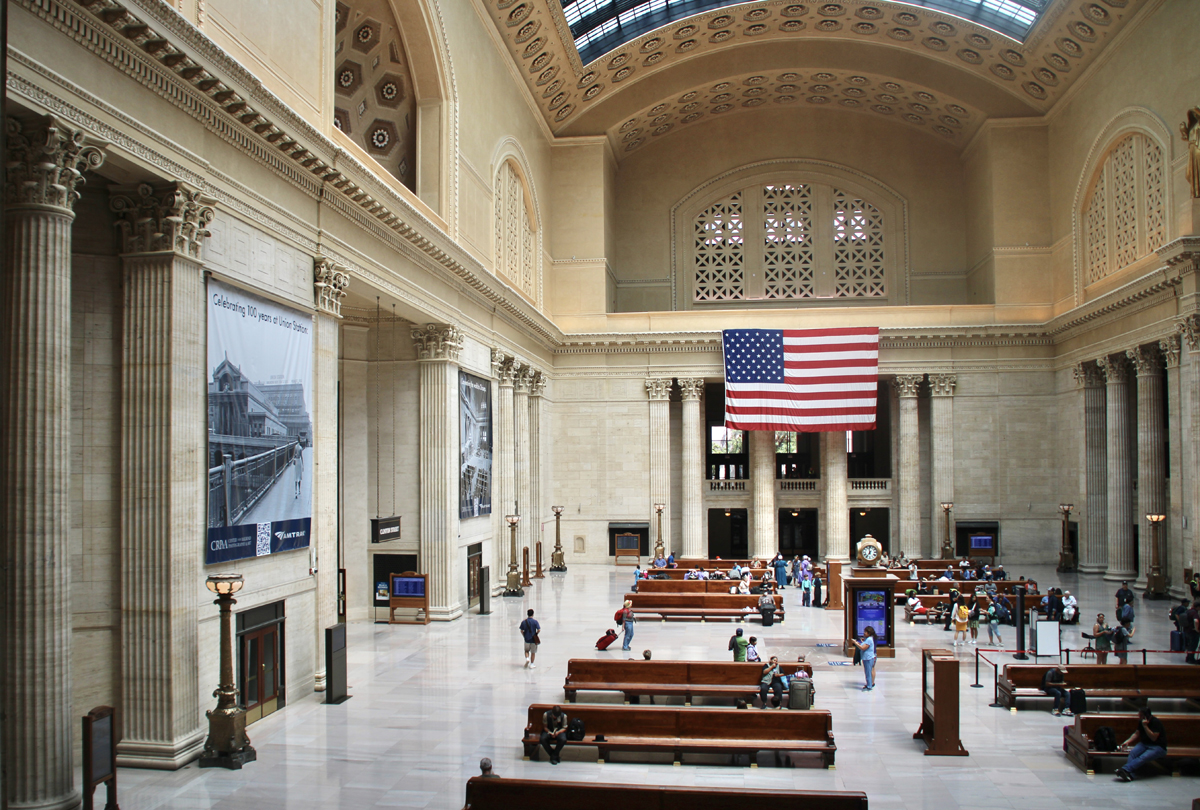
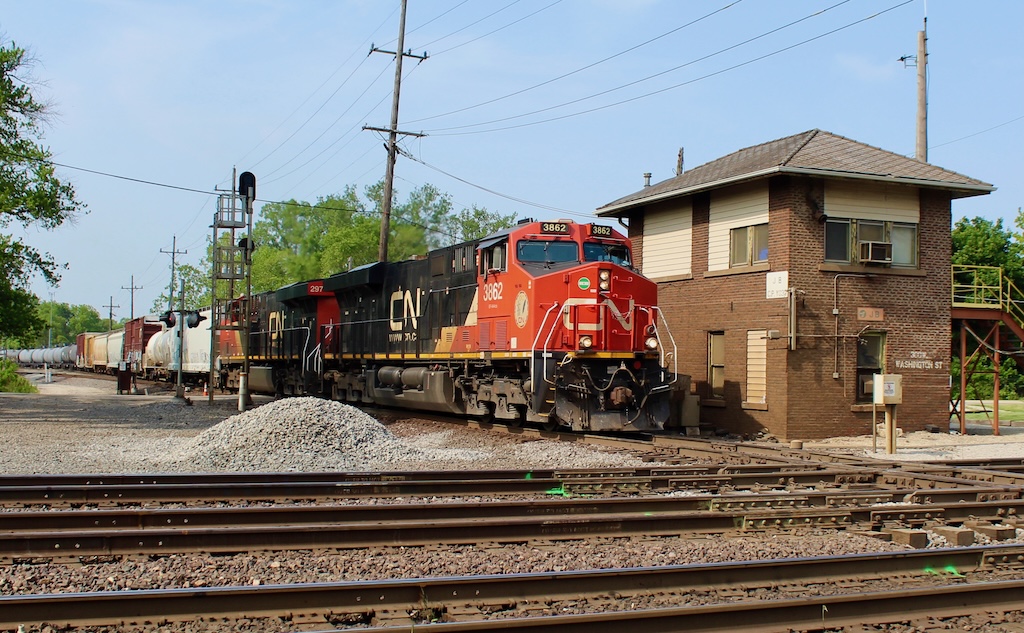
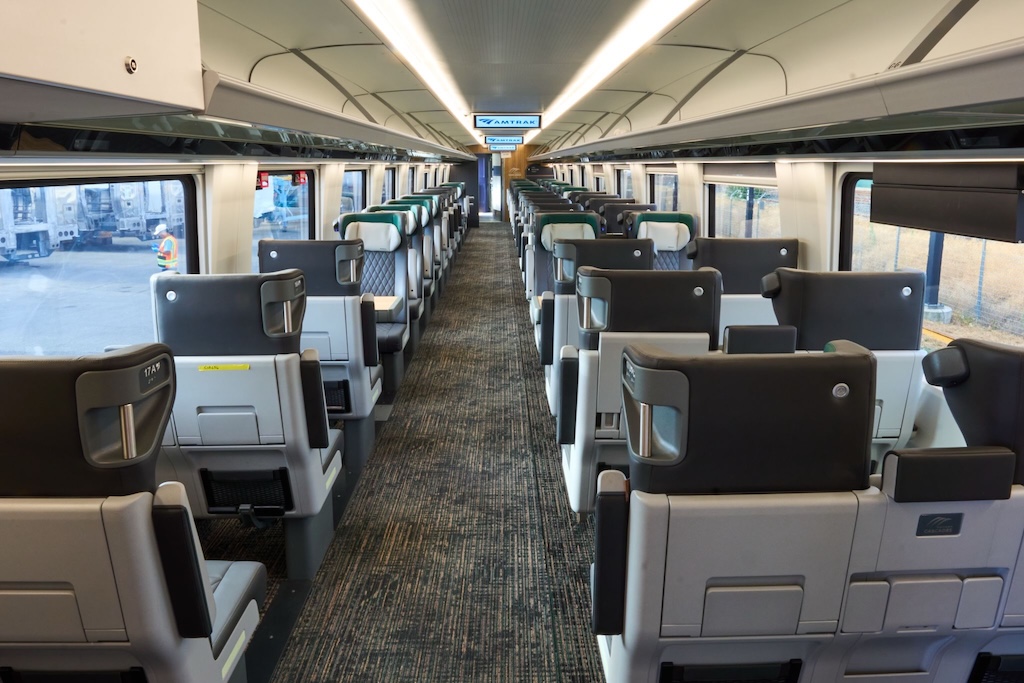
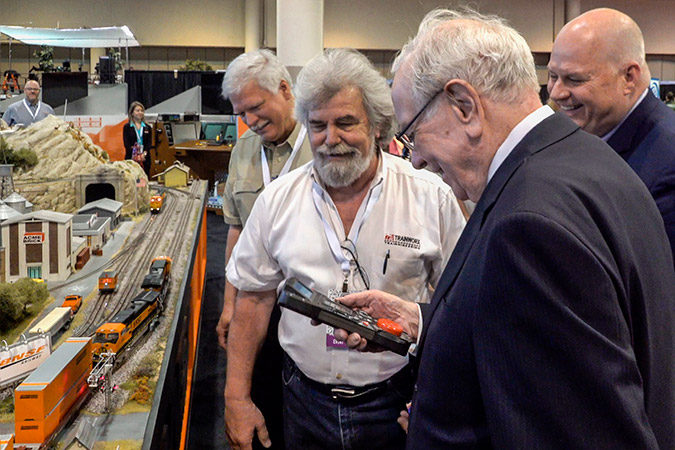

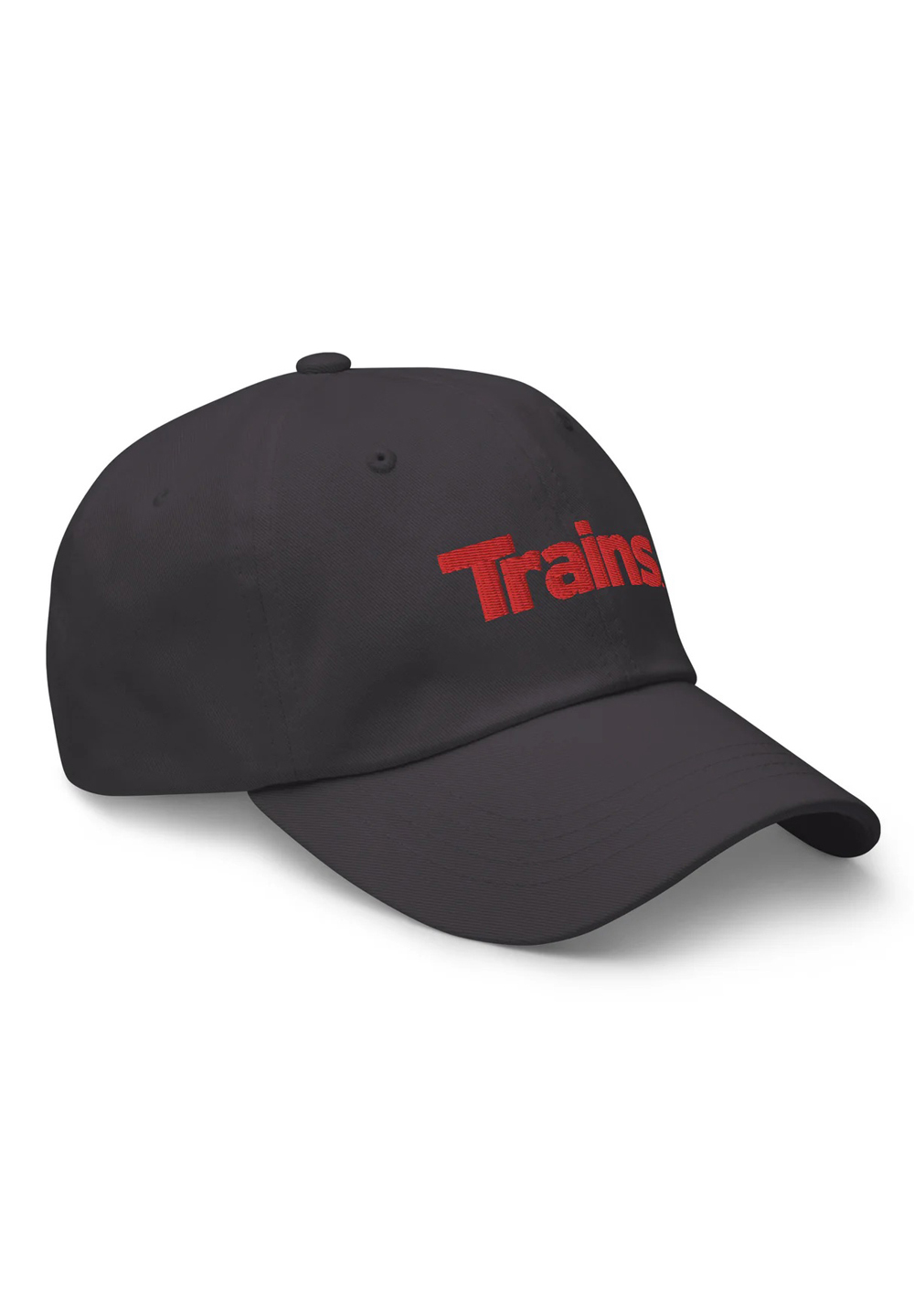

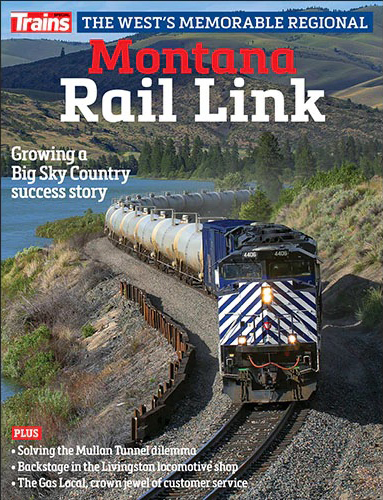
Yet another merger that should never have been allowed in the first place. Surface Transportation Board is a pushover.
I disagree that the STB was “pushed over”. They were pretty adamant on certain conditions being met.
Railroad computer mergers; gumming up the works since 1968.
The most frightening words in our, or any, language: Software Upgrade.
Even when you have just came out of a merger there are always bugs. Hope CPKC can get this fixed and get operations back on schedule.
When I was with the electric utility in Seattle we had multiple computer upgrades and new systems in the 30 years I spent there. I do not remember one new system or cutover that worked without problems. I am not a professional computer tech, but I would think in 2025 we could get cutovers to work smother, but apparently not.
@Anthony: I relate to your angst on computer updates, but in my experience with such activities, this issues always arise when the importance circulates around meeting a date, not necessarily meeting a quality transition.
I also might note that due to lack of general experience in large scope system upgrades in the past 20 years (especially ones that are dissimilar) the habit has been they are alway under scoped and underestimated.
In the case of CPKC here, I assume the CTC system was not the same as before and communicated with the dispatch center differently, so not only were processes changed, training of operational staff in the field were required.
The fact that yard managers were the most impacted tends to make one believe they were more focused on overall traffic flow, not yard ops.
It persons will never learn. doesn’t matter what industry or company there is never enough beta testing. Did CP tell its customers of the pending cut over? From the article there may be more cut overs?? Wonder if CPKC made mountains of paper work to cover any computer problems?
Yeah, isn’t it always that way? The novel “Atlas Shrugged” was, what, 70 years ago? You’d think that by now they would have learned.